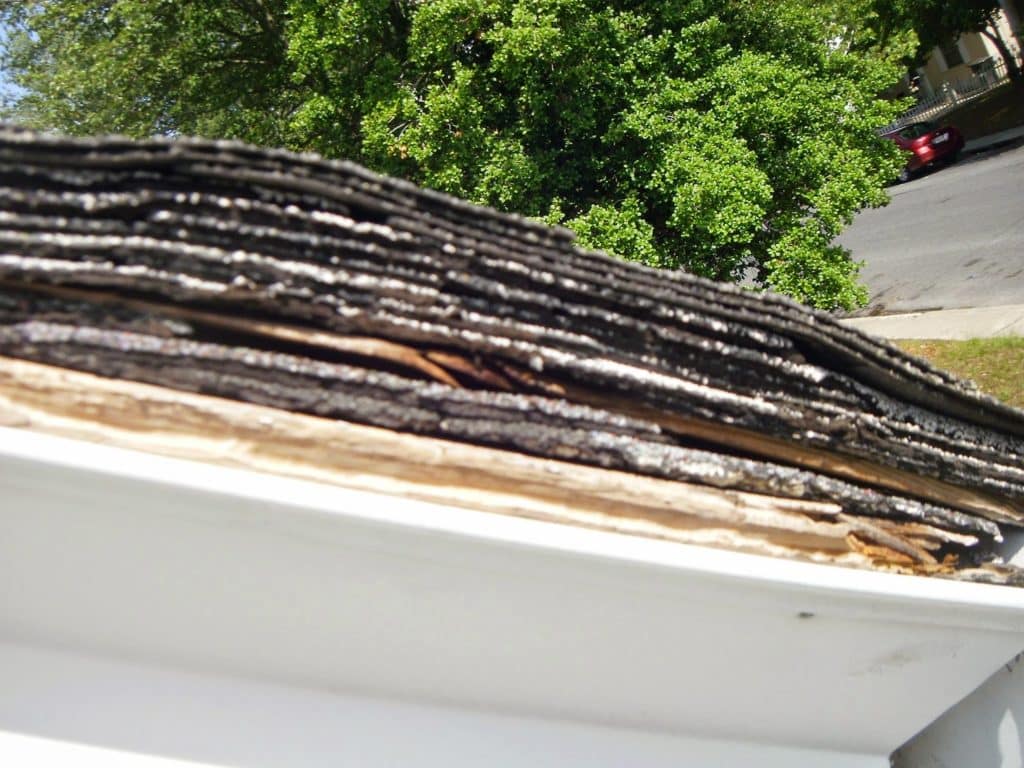
How Many Layers of Shingles Can You Put on a Roof? – Expert Insights from T & J Xteriors in Sheridan
Your home’s roof is a critical element in protecting your family and belongings from the elements, and it’s important to ensure it remains in top condition. When considering a roof replacement, you might wonder how many layers of shingles you can put on a roof. T & J Xteriors, your trusted roofing experts in Sheridan, are here to provide you with valuable insights on this topic.
Understanding the Basics
Before we delve into the specifics of how many layers of shingles can be applied to a roof, it’s crucial to understand some basics about roofing materials and practices.
- Shingle Types: Most residential roofs are covered with asphalt shingles, which come in various styles and colors. Shingles protect your roof from the elements and contribute to your home’s aesthetic appeal.
- Roof Decking: Beneath the shingles, you’ll find the roof decking. It provides structural support and a stable base for the shingles.
- Underlayment: Beneath the shingles and on top of the roof decking is an underlayment. It acts as an extra layer of protection against moisture.
Single Layer vs. Multiple Layers
In general, the question of how many layers of shingles can be placed on a roof depends on the existing conditions and local building codes. Let’s break it down:
- Single Layer: Most building codes allow for a single layer of asphalt shingles on a roof. If your current roof has only one layer of shingles and is in good condition, you can typically install a new layer over the old one. This can save time and money on the removal process. However, it’s important to consult with your roofing contractor to ensure it’s a suitable option for your specific roof.
- Multiple Layers: Adding more than one layer of shingles can be problematic. It increases the weight on your roof, which might exceed the design limits of the structure. This can lead to premature roof failure, structural damage, and safety hazards. In many areas, building codes restrict or prohibit multiple layers of shingles for these reasons.
Factors to Consider
When determining whether you can add another layer of shingles to your roof, consider the following factors:
- Local Building Codes: Always check with your local building department to understand the regulations in your area.
- Roof Condition: The condition of your existing roof plays a significant role. If the current layer is damaged, it’s often recommended to remove it before installing a new one.
- Weight Capacity: Ensure your roof’s structure can support the additional weight. Consult with a structural engineer or a professional roofing contractor for an assessment.
- Long-Term Goals: Consider how long you plan to stay in your home. If you intend to sell in the near future, removing the old shingles and starting fresh might be a wise investment.
Consult the Experts
When it comes to making the right decision for your roof, it’s crucial to consult with experts like T & J Xteriors in Sheridan. Our experienced team can assess your roof, offer tailored recommendations, and ensure your roofing project complies with local regulations. We prioritize safety, quality, and customer satisfaction, so you can trust us to deliver exceptional results.
Conclusion
How many layers of shingles you can put on a roof is a decision that depends on various factors. In most cases, a single layer is the best choice, but the condition of your existing roof and local building codes must be considered. To make the right decision for your home, consult with the roofing professionals at T & J Xteriors. Your roof is in good hands with us, and we’re here to provide you with expert guidance every step of the way.

